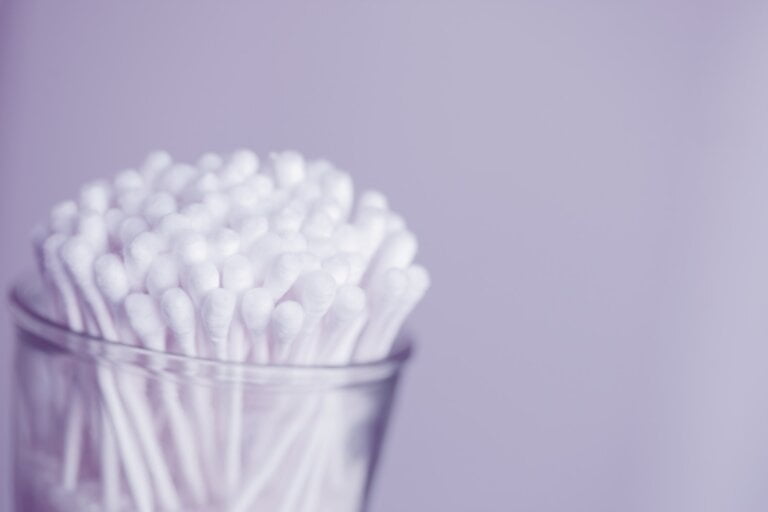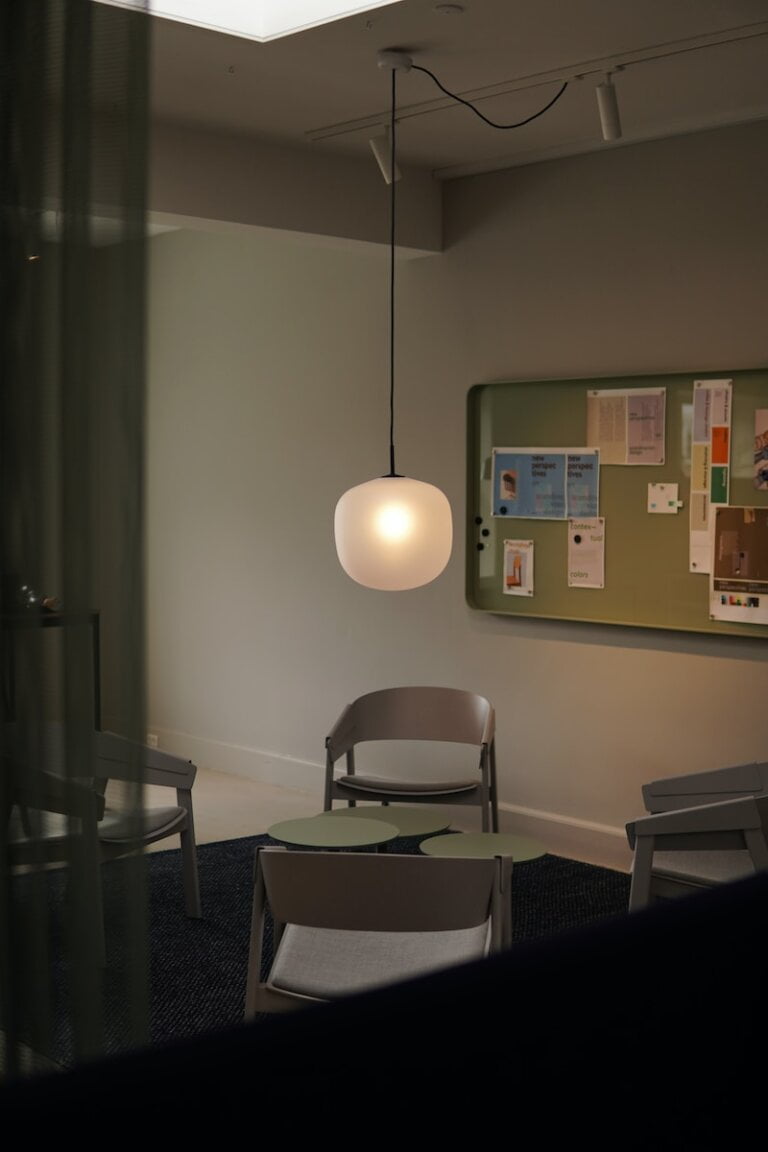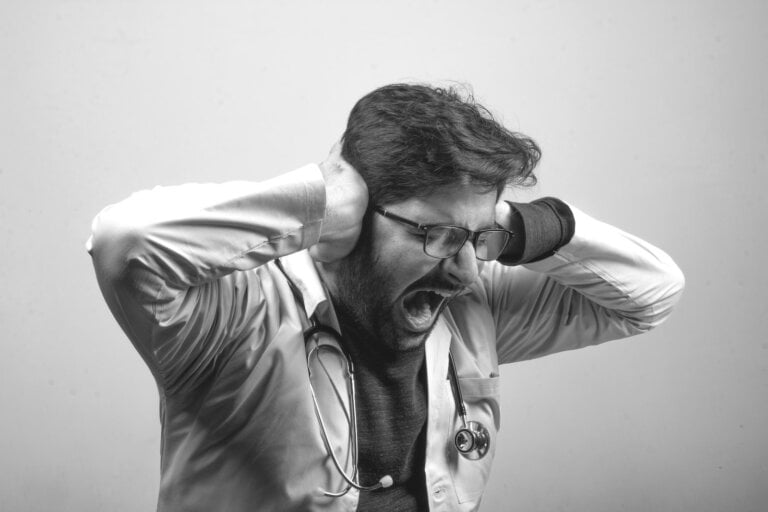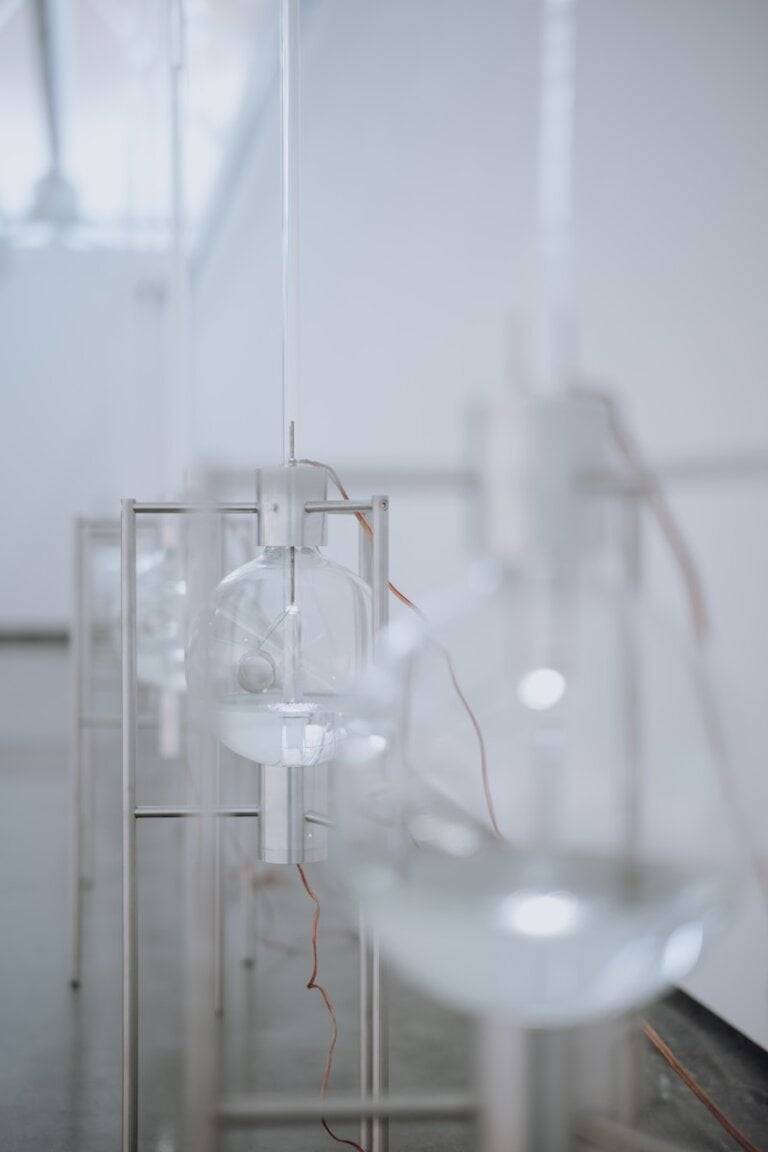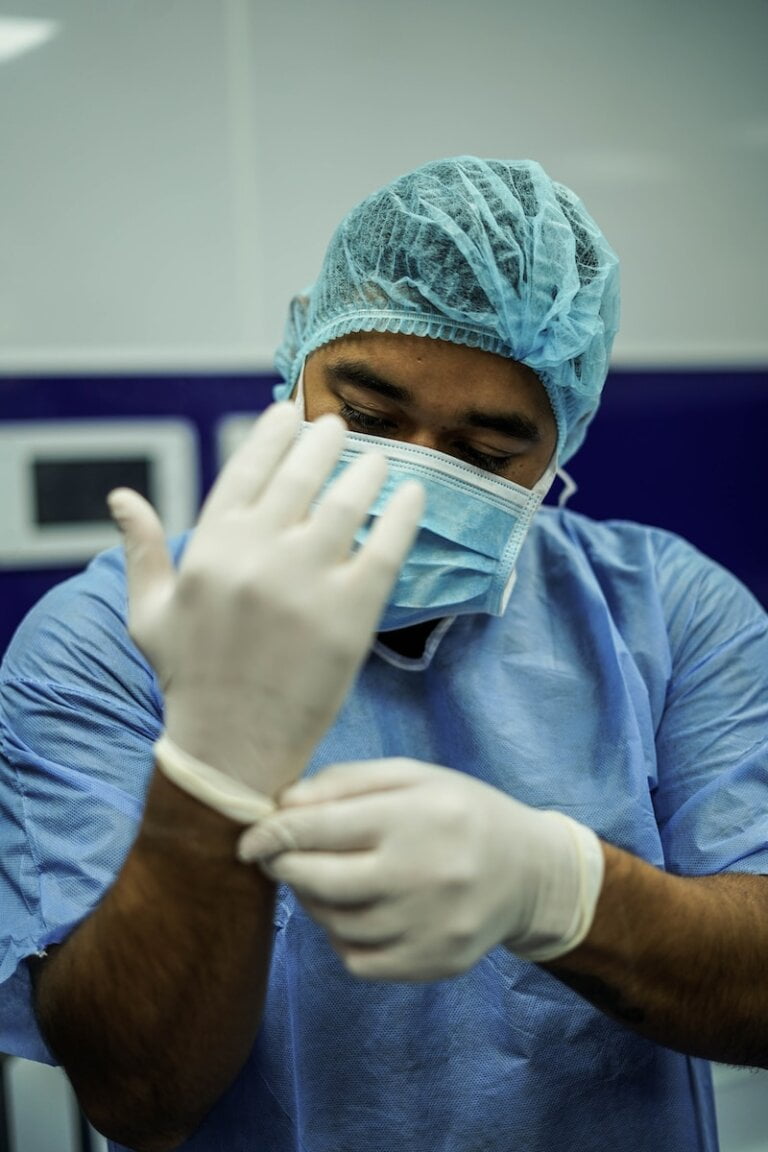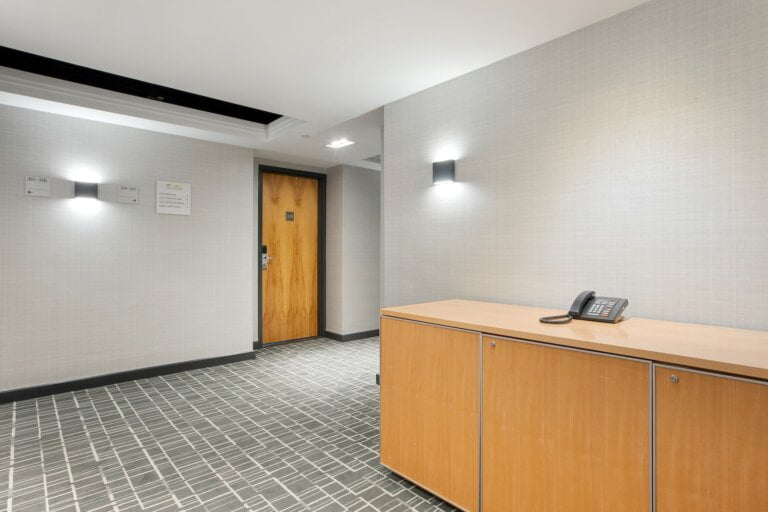From Dirty to Divine: Essential Steps for Keeping Your Ears Clean
Keeping our ears clean is crucial for maintaining overall hygiene and well-being. Neglecting ear hygiene can lead to issues such as earwax buildup, infections, and even hearing loss. In this article, we will guide you through the essential steps for keeping your ears clean, ensuring they remain in top-notch condition.
Understanding the Importance of Ear Hygiene
Before delving into the steps, it is important to grasp why proper ear hygiene is crucial. Our ears are delicate organs responsible for our hearing and balance. By keeping them clean, we reduce the risk of ear infections, discomfort, and potential complications.
Step 1: Know the Do’s and Don’ts
To embark on your journey towards clean ears, it is essential to understand the do’s and don’ts of ear hygiene. Here are some key points to keep in mind:
Do’s:
- Clean the outer part of your ears regularly using a soft, damp cloth. This helps remove any dirt or debris that may accumulate on the surface.
- Use earplugs or earmuffs in noisy environments to protect your ears from excessive noise exposure, which can lead to hearing damage.
- Dry your ears thoroughly after swimming or showering to prevent moisture buildup, which can create a favorable environment for bacterial or fungal growth.
- Consult a professional if you experience any persistent ear problems, such as pain, itching, or unusual discharge. They can diagnose and treat any underlying issues effectively.
Don’ts:
- Insert cotton swabs or any other objects into your ear canal. This can push the earwax deeper and potentially cause damage to the delicate structures of the ear.
- Use sharp objects to remove earwax, as this can lead to injuries or infections. It is always best to let a professional handle earwax removal.
- Ignore symptoms such as ear pain, itching, or unusual discharge. These may indicate an underlying problem that requires medical attention.
Step 2: Gently Clean the Outer Ear
The outer ear, also known as the auricle, is the visible part of the ear. It is important to clean this area regularly to remove any dirt or debris that may accumulate. Here’s a simple method to clean the outer ear:
- Dampen a soft cloth with warm water to ensure gentle cleaning.
- Gently wipe the outer ear, including the folds and crevices, to remove any dirt or debris.
- Avoid inserting the cloth into the ear canal, as this can push the dirt further inside and potentially cause harm.
Step 3: Understanding Earwax
Earwax, also called cerumen, is a natural substance produced by the glands in our ear canal. It plays a vital role in protecting the ears from dust, bacteria, and other foreign particles. However, excessive earwax buildup can cause discomfort and hearing difficulties. It is important to strike a balance. Here’s what you need to know:
- When to Seek Professional Help: If you experience symptoms such as severe ear pain, hearing loss, or a sensation of a blocked ear, it is advisable to consult a healthcare professional. They can determine if earwax removal is necessary and perform the procedure safely.
- Avoid Overcleaning: While it is important to keep the outer ear clean, excessive cleaning can disrupt the natural balance of earwax production. This can lead to dryness, itching, and even infection. It is best to let your body naturally expel excess earwax unless advised otherwise by a professional.
- Safe Earwax Removal: If you experience excessive earwax buildup, your healthcare provider may recommend safe removal methods such as microsuction. It is important to avoid attempting this at home, as improper techniques can cause harm to the delicate structures of the ear.
Step 4: Protecting Your Ears
Prevention is always better than cure, and this applies to ear hygiene as well. Taking preventive measures can help you avoid potential ear problems. Consider the following tips to protect your ears:
- Ear Protection in Noisy Environments: Exposure to loud noises can permanently damage your hearing. When in noisy environments, such as concerts or construction sites, use earplugs or earmuffs to reduce the risk of hearing loss.
- Avoid Using Earphones at High Volumes: Listening to music or other audio content at high volumes through earphones can also damage your hearing. Keep the volume at a moderate level and take regular breaks to give your ears a rest.
- Dry Ears After Water Exposure: Moisture in the ear can create a favorable environment for bacteria and fungal growth, leading to infections. After swimming or showering, gently dry your ears using a towel or a low-heat blow dryer to remove any trapped moisture.
Step 5: Regular Check-ups
Regular check-ups with a healthcare professional are important for maintaining ear health. They can spot any potential problems early on and provide suitable treatment or advice. Make sure to include ear examinations as part of your routine health check-ups to ensure optimal ear health.
Conclusion
Maintaining clean and healthy ears is vital for our overall well-being. By following these essential steps for ear hygiene, you can avoid unnecessary discomfort, infections, and potential hearing loss. Remember to consult a medical professional if you experience any persistent ear problems. Prioritise your ear health, and enjoy the benefits of clear hearing and a divine ear hygiene routine!
FAQ
Q: Why is proper ear hygiene important?
A: Proper ear hygiene is important to reduce the risk of ear infections, discomfort, and potential complications. It helps maintain overall ear health and prevents issues such as earwax buildup and hearing loss.
Q: What are the do’s of ear hygiene?
A: The do’s of ear hygiene include cleaning the outer part of your ears regularly with a soft, damp cloth, using earplugs or earmuffs in noisy environments, drying your ears thoroughly after swimming or showering, and consulting a professional for persistent ear problems.
Q: What are the don’ts of ear hygiene?
A: The don’ts of ear hygiene include not inserting cotton swabs or any other objects into your ear canal, not using sharp objects to remove earwax, and not ignoring symptoms such as ear pain, itching, or unusual discharge.
Q: How can I gently clean the outer ear?
A: To gently clean the outer ear, dampen a soft cloth with warm water, gently wipe the outer ear including the folds and crevices, and avoid inserting the cloth into the ear canal to prevent pushing dirt further inside.


